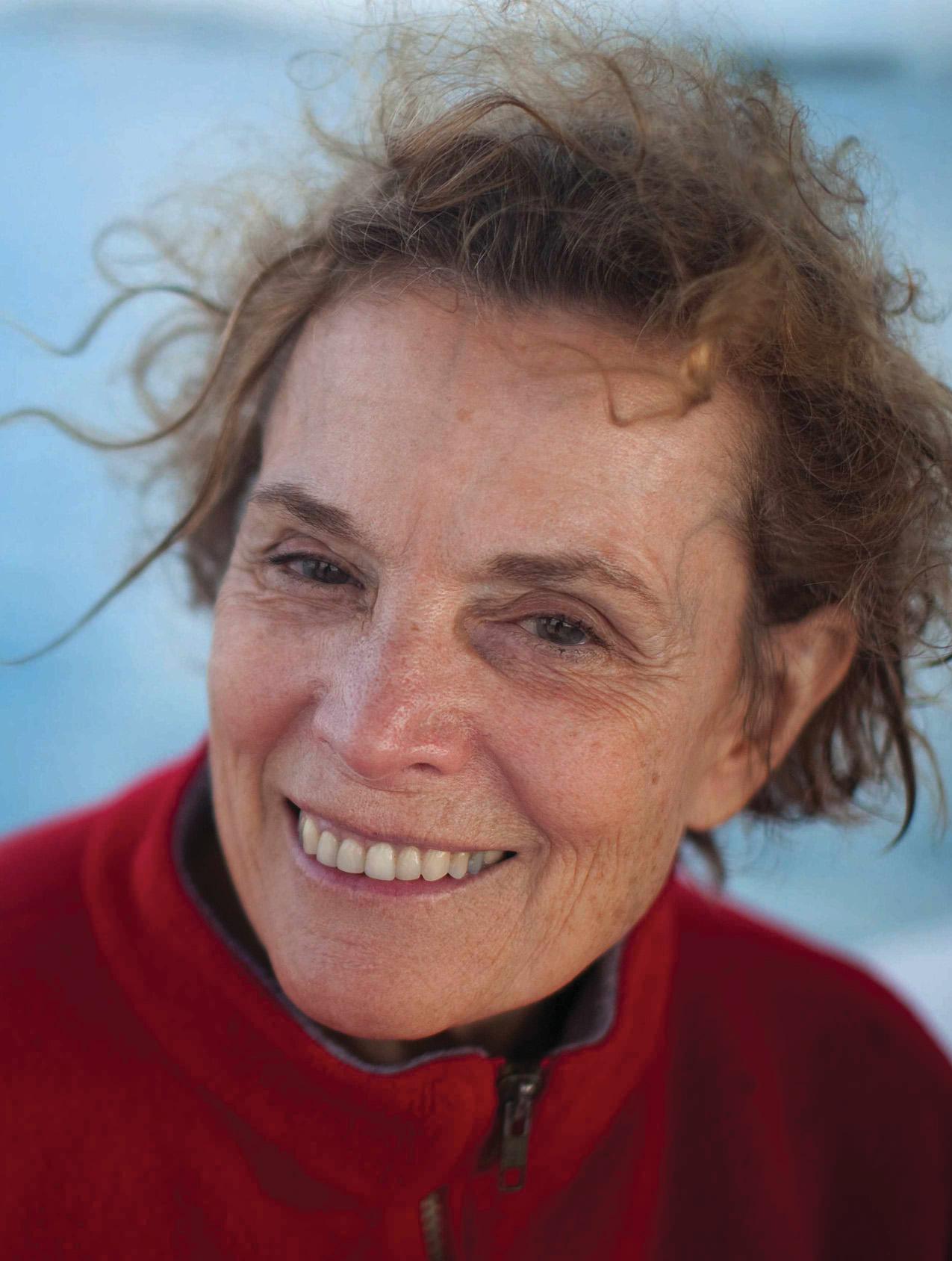
WHEN SHE WAS BORN IN 1935, no-one had ever seen the Earth from space. Since then, American marine biologist Sylvia Earle has led more than 100 ocean expeditions and spent more than 7,500 hours underwater. She was the US National Oceanic and Atmospheric Administration's (NOAA) first female chief scientist; has been a National Geographic Explorer since 1998; and was Time Magazine's first Hero for the Planet. Currently aged 88, she still travels the world furthering her conservation work.
Like David Attenborough and Jane Goodall, whose careers have run parallel with hers, Sylvia has become a conservation legend. As I wait to meet her, an excited pool of people gathers, hoping for a moment, a word or a photo with 'Her Deepness' - a nickname she was given in 1989 by The New Yorker magazine that's stuck like a limpet ever since.
Sylvia has been a champion for nature her entire life. "I mean, I can't remember when I haven't," she says, "Even as a child, it just seemed logical." She remembers being on holiday in New Jersey, aged around three, and hearing and smelling the sea before she saw it. She promptly got knocked over by a wave when she turned her back.
Children question everything. Sylvia has kept this inquisitiveness and dedicated her career to following her curiosity. It's in our nature to explore, she explains; wanting to know more about the world around us is part of being human.
This led her to become a world-leading oceanographer at a time when women weren't seen as explorers. In 1953, while studying at Florida State University, her professor, Harold Humm, had access to some of America's first-ever 'self-contained underwater breathing apparatus' (SCUBA) and gave Sylvia the opportunity to try it out. She was among the first recreational divers in the world to do so, before diving certification bodies even existed (NAUI, PADI and SSI were founded in 1960, 1966 and 1970, respectively).
Bu hikaye BBC Wildlife dergisinin June 2024 sayısından alınmıştır.
Start your 7-day Magzter GOLD free trial to access thousands of curated premium stories, and 9,000+ magazines and newspapers.
Already a subscriber ? Giriş Yap
Bu hikaye BBC Wildlife dergisinin June 2024 sayısından alınmıştır.
Start your 7-day Magzter GOLD free trial to access thousands of curated premium stories, and 9,000+ magazines and newspapers.
Already a subscriber? Giriş Yap

WALKING WITH PENGUINS
Mourning her late husband, photographer Ursula Clare Franklin needed a new direction. Soon she was travelling the world, on a quest to photograph her favourite animal, the penguin all 18 species of them
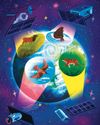
"Satellites and space tech play a huge role in protecting the natural world"
Far above our heads, space technology is supporting conservation in exciting and vital ways
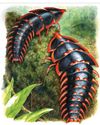
FOREVER YOUNG
The prehistoric-looking insect that never grows up
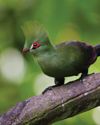
BIRDS THAT BREAK THE RULES
Discover the extraordinary birds that defy nature's norms

FEMALE OF THE SPECIES
Vampire bats make for blood-spewing besties
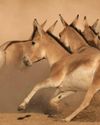
Onagers gallop back to Saudi Arabia
Rare subspecies fills the desert niche left by its extinct relative

Front lines for nature
Inside the ambitious UK project rallying local communities to fight for wildlife

"Europe seems hellbent on creating the most hostile environment for bears possible"
WE EUROPEANS ARE INCAPABLE of living alongside predators.
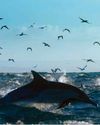
Airborne lifts off on Sky Nature
ACROSS THE PLANET, ANIMALS HAVE conquered the skies in ways we can only dream of.
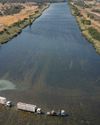
CROSS COUNTRY
Translocating elephants is no mean feat-but it's helping this iconic mammal to reclaim its historic lands